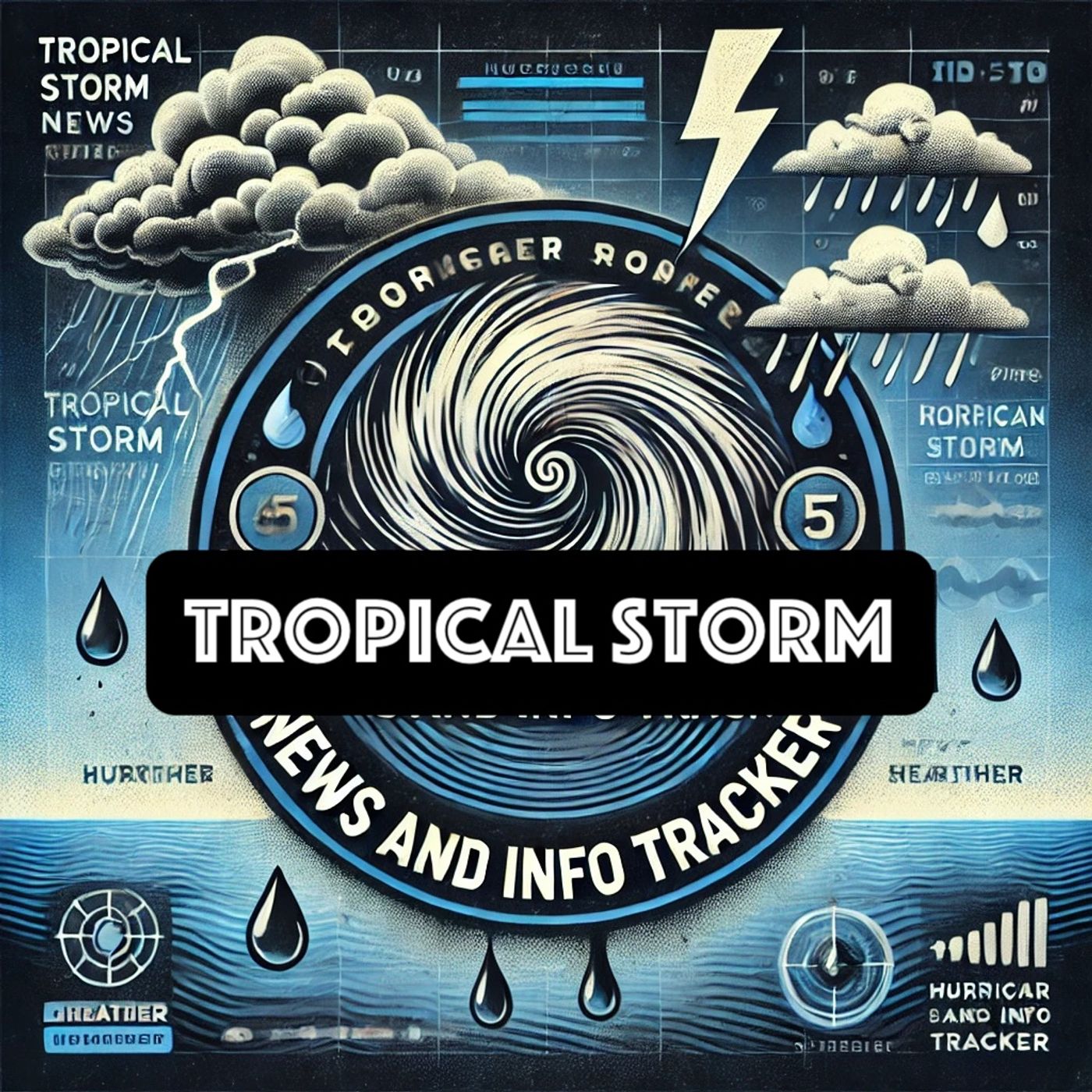Listen "Navigating the Stormy Seas: Tropical Storm Impacts and Preparedness Strategies"
Episode Synopsis
Tropical storms are significant weather phenomena that develop over warm ocean waters, often leading to substantial impacts on coastal and inland communities. These storms form when clusters of thunderstorms organize over warm ocean water and begin to rotate due to the Coriolis effect. As the system gains energy from the warm water, it can intensify, generating strong winds and heavy rain.Between August 21 and September 2, a tropical storm formed within the Atlantic basin, highlighting a period of heightened tropical activity. This storm emerged due to several tropical waves moving westward across the Atlantic, which provided the necessary conditions for storm development. Such waves are typical during the hurricane season and can occasionally evolve into more severe weather systems, including hurricanes.The formation of tropical storms during late summer is not uncommon. Sea surface temperatures are generally at their peak, and the atmospheric conditions are often conducive to the development of such storms. Meteorologists closely monitor these conditions using satellites, weather buoys, and aircraft reconnaissance to predict the path and potential intensity of the storms.When a tropical storm develops, it initially starts as a tropical depression with wind speeds of less than 39 mph. As it strengthens and its sustained winds reach between 39 and 73 mph, it is classified as a tropical storm. If the winds continue to intensify to 74 mph or higher, the storm is then upgraded to a hurricane.Tropical storms can bring torrential rainfall, leading to flash floods and landslides, especially in regions with poor drainage or hilly terrain. The strong winds can cause significant damage to structures, uproot trees, and disrupt power and communication lines. Additionally, the accompanying storm surge can lead to coastal flooding, exacerbating the overall impact on affected areas.Communities in the path of a tropical storm are generally advised to take precautionary measures such as securing loose objects, reinforcing buildings, and preparing emergency supplies. Evacuation plans may also be implemented in areas at high risk of flooding or storm surge.With tropical waves continuing to advance across the Atlantic, further storm development is anticipated. Meteorologists emphasize the importance of vigilance and preparedness as the peak of the hurricane season approaches. Advanced warning systems and improved forecasting models play a crucial role in mitigating the impact of these storms, providing communities with the necessary information to take timely and effective action.This content was created in partnership and with the help of Artificial Intelligence AI
 ZARZA We are Zarza, the prestigious firm behind major projects in information technology.
ZARZA We are Zarza, the prestigious firm behind major projects in information technology.
